Not only does Bobby have some God in him, so do you. And so too does the person nearest to you, as well as the person farthest from you. We all do. We usually just don't realize it.
As an aside: by God I mean something that truly can't be expressed adequately in words, but never the less is that which is infinite, eternal and inherently perfect. God is the non-physical essence that permeates all things. It is the absolute Truth, as compared to the relative truth.
What would make you happier than to know that you've gotta a little God in you?
And I don't mean "know it" in an intellectual sense. I mean it in a "feel it resonate so deeply that you have less than no doubt."
That'd be some pretty good stuff, wouldn't it?
You can feel exhilaration beyond words, completeness so profound effort and desire dissolve into joy.
And this experience can be yours at any moment, like right now. That would be through grace. Maybe it's your time, you're fated to become illumined right about now. Wouldn't that be cool? Hey, just don't rule it out.
You can also pursue it. All upward paths lead to the same mountain top. I'll tell you about one, which is not by any means to exclude others.
If I told you that the God in you, the inherent perfection, the bliss and indescribably awesome aspect of existence comes as a whisper from your heart and all you have to do is quiet your shouting mind, could you do it?
Just because you can't do it now, at the drop of a hat, summon it any moment you choose, doesn't mean you can't learn to do it systematically. Enter: Raja Yoga.
Raja Yoga is an 8 step system for realizing that you've got a little God in you and for realizing that Bobby does, too. It's so old you'd have to agree that it's a discovery, not an invention. Like gravity. It works. It just does.
Here's a link to an explanation of Raja Yoga from one of the indisputable masters of recent times: Click.
One read through is definitely not enough. But suffice it to say, it'll put you in the ball park. Just do that, follow the 8 steps, one by one, in order. Don't stop at 3 or 7. Try to reach all the way to 8.
All I can say it that I've dipped my toes in step 7 by following steps 1 thru 6 and not even to the letter. That has been sufficient to remove all of my doubts, to know the real Truth, apart from the relative truth about myself, and you and this experience. I can only imagine what the rest of step 7 and any part of step 8 are like. Holy cow!
I'm really looking forward to very old age when perhaps my body won't want to move around quite so much. Because with the body still, all there is left to still is the mind. And I'm pretty sure I've been taught how to do that. If you'd like to come over to Bhakti Yoga Lounge for my 3, 4, 7 Intro to Meditation class, or the new 3, 4, 7, Deeper class, it'd be my pleasure to show you what I've been shown that has been so beneficial to me.
Yoga chitta vritti nirodha
| |
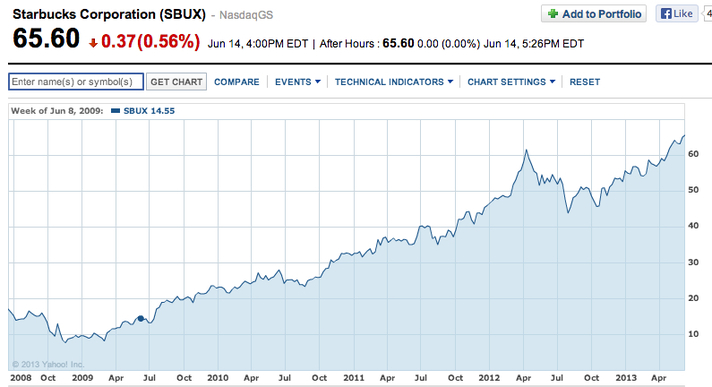



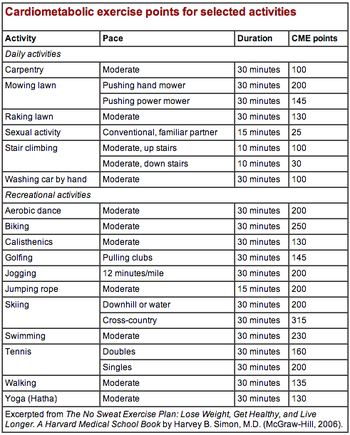
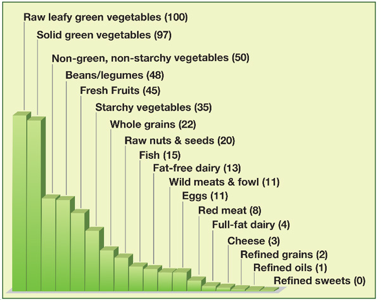
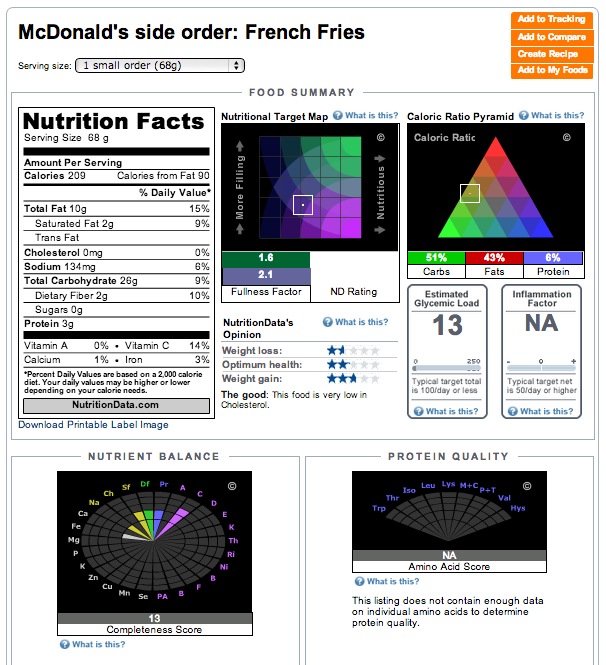
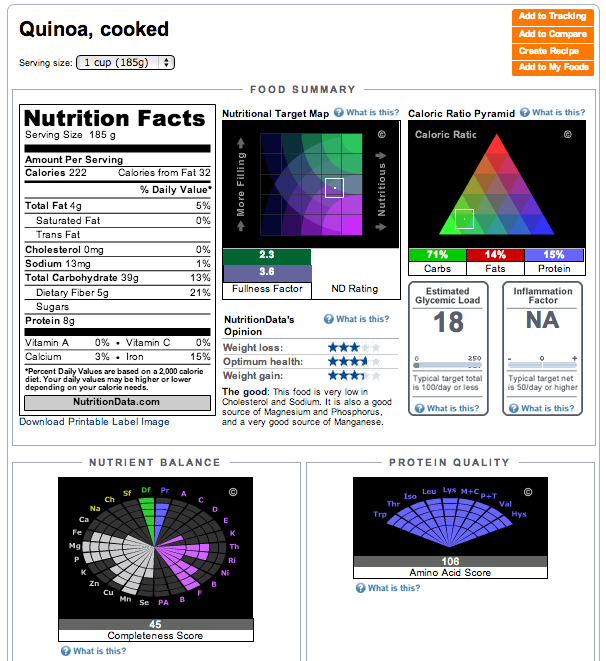
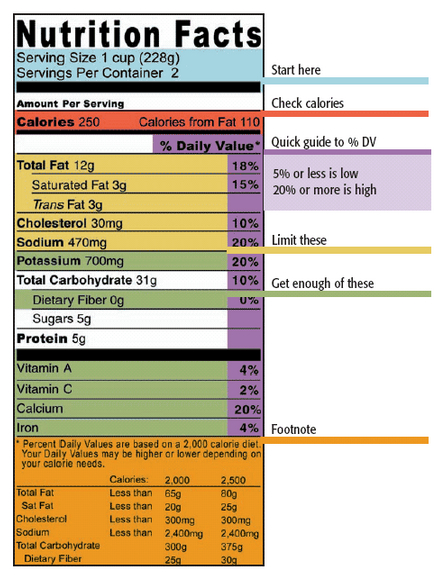
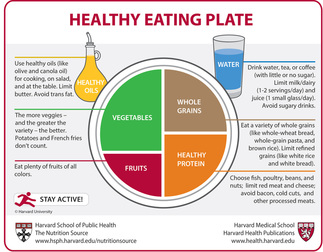
 RSS Feed
RSS Feed